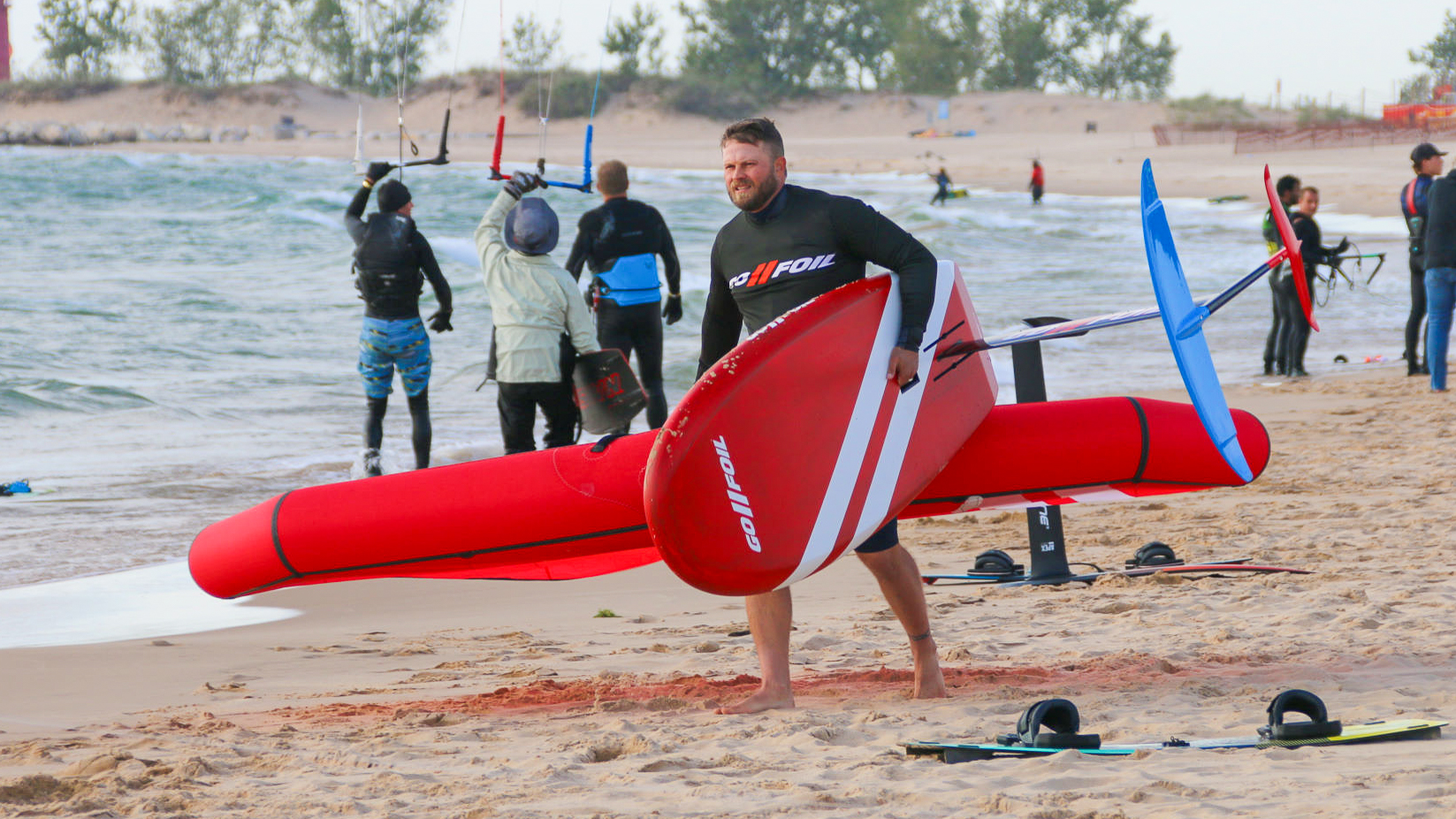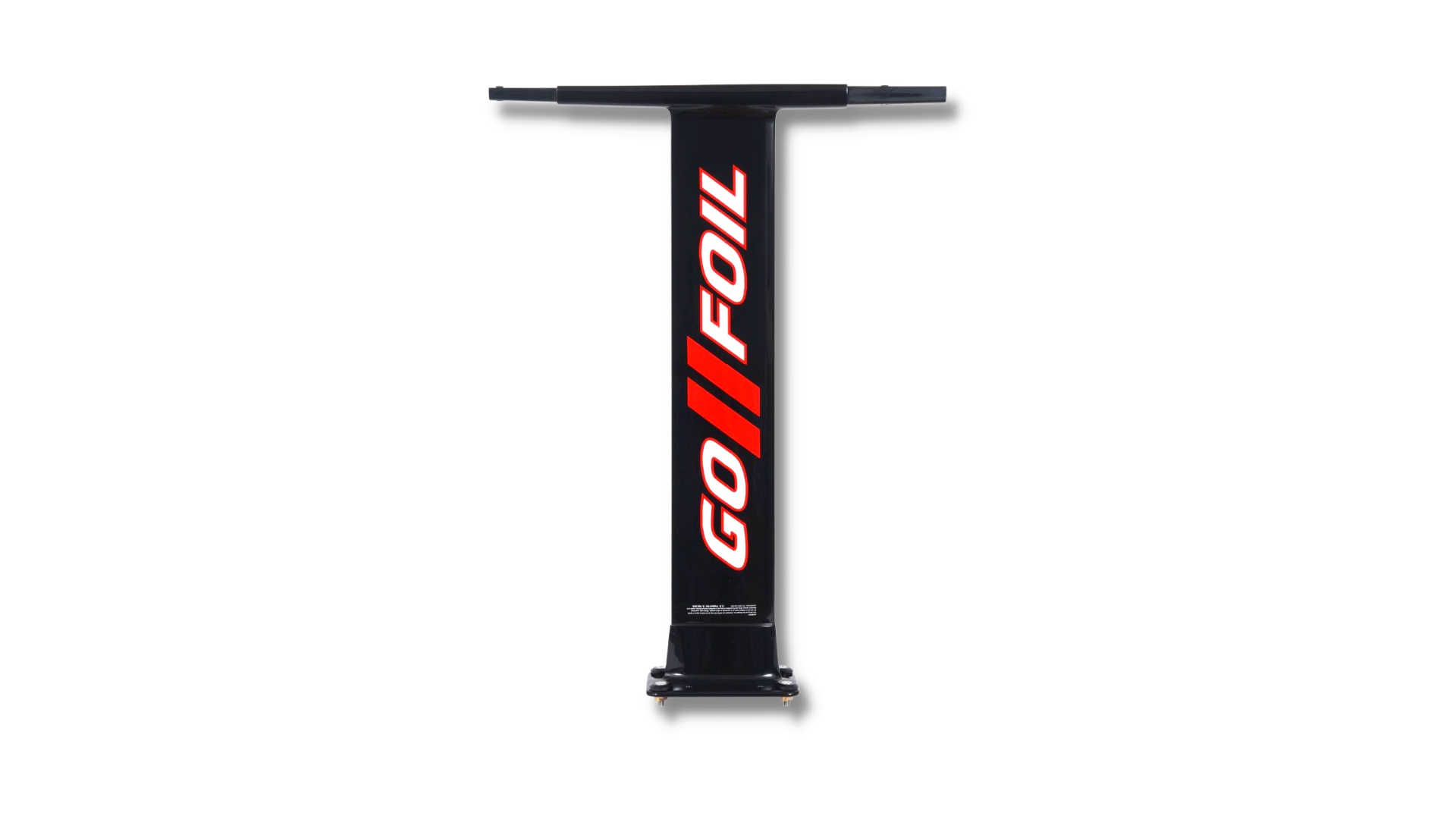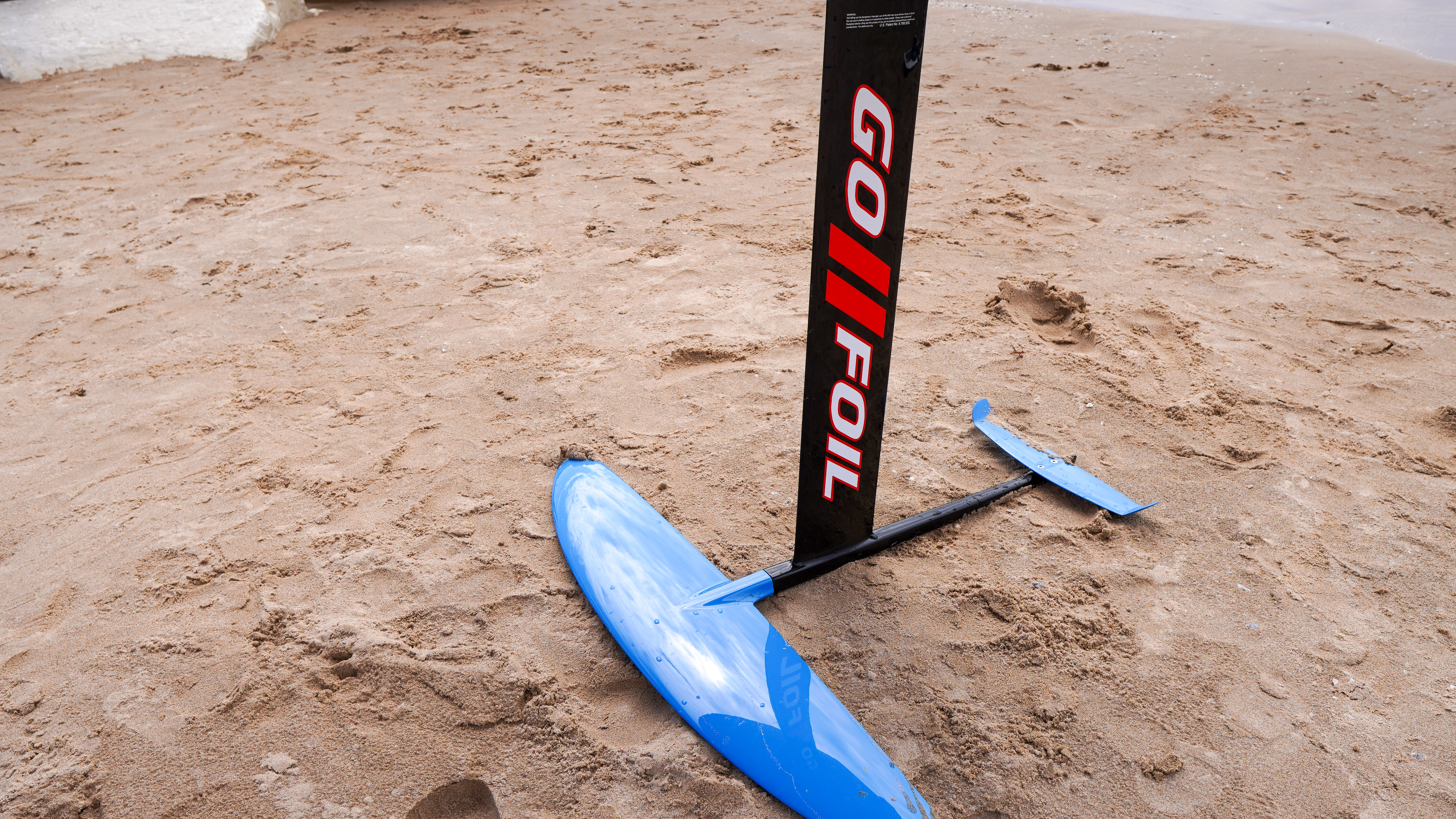What Size Mast for Wing Foiling? A Complete Guide

Wing foiling, a popular sport that combines elements of windsurfing, kitesurfing, and stand-up paddleboarding, has taken the world of water sports by storm. In this exhilarating sport, a rider stands on a board equipped with a hydrofoil and uses a hand-held wing to harness the wind's power. One of the essential components of a wing foil setup is the mast. Let's explore how to choose the perfect mast size for your wing foiling adventure.
Understanding the Role of the Mast in Wing Foiling
In wing foiling, the mast connects the board to the foil wing, submerged underwater. It plays a crucial role in determining the ride's overall stability, maneuverability, and speed.
The mast's length affects your ride's performance:
- Height Above the Water: The longer the mast, the higher you'll rise above the water's surface, giving you more room for maneuverability.
- Pumping Efficiency: A taller mast allows for more efficient pumping, enabling the rider to maintain or increase speed even in lighter wind conditions.
- Handling Chop and Waves: Longer masts are more forgiving in choppy waters and waves as they provide more clearance above the water's surface.
What Factors Influence Mast Size Selection?
Rider Skill Level
The most critical factor in choosing mast length is the rider's skill level.
- Beginners: A shorter mast, around 60-70cm, is advisable for beginners. It offers more stability and is less intimidating because it keeps the rider close to the water's surface.
- Intermediate Riders: As riders gain confidence and improve their skills, they can move to a medium-length mast, typically between 70-85cm. This size offers a balance of stability and maneuverability.
- Advanced Riders: Advanced riders, comfortable with wing foiling techniques, can opt for longer masts, between 85-100cm. These masts allow for more aggressive turns and better handling in choppy waters or when riding waves.
Riding Conditions
Conditions at your local wing foiling location will also play a big factor in determining the right size mast to use.
- Flat Water: If you're riding in flat water conditions, a shorter to medium mast (60-85cm) will be adequate.
- Chop and Waves: If you'll be wing foiling in areas with a lot of chop or waves, a longer mast will provide better clearance and stability. Consider a mast between 85-100cm.
- Wind Strength: For lighter wind conditions, a longer mast can be beneficial as it allows for more efficient pumping to maintain speed. In stronger winds, a shorter or medium mast will provide more control.
Rider's Weight
While not as influential as the other factors, the rider's weight can also affect the ideal mast length. Heavier riders might benefit from slightly longer masts for better lift and stability.
How to Experiment with Mast Sizes
One excellent way to find the mast length that works best for you is to try out different sizes. Many foil setups come with interchangeable masts, allowing you to experiment with different lengths as your skills progress. Some riders even carry multiple masts to adjust to changing conditions on the water.
Final Thoughts
The mast is a critical component of your wing foiling setup. Its size significantly influences your ride's stability, speed, and maneuverability. While there are general guidelines based on skill level, conditions, and weight, remember that personal preference plays a significant role as well. Always remember to put safety first, gradually increase mast length as you improve, and enjoy the thrilling world of wing foiling!

Recent Posts
-
Kiteboarding | Crafting the Harlem Force Kite with Sustainability and Performance
Unparalleled Performance Meets Unmatched Sustainability The kiteboarding industry is on …24th Apr 2024 -
Duotone Ventis 2025 | What's New?
If you're familiar with Duotone's Ventis, you know its specialty is freeriding in light wind …23rd Apr 2024 -
Duotone Ventis D/LAB 2025 Overview
If you ride in an area with multiple light wind days and need a wing that'll let you get o …23rd Apr 2024






